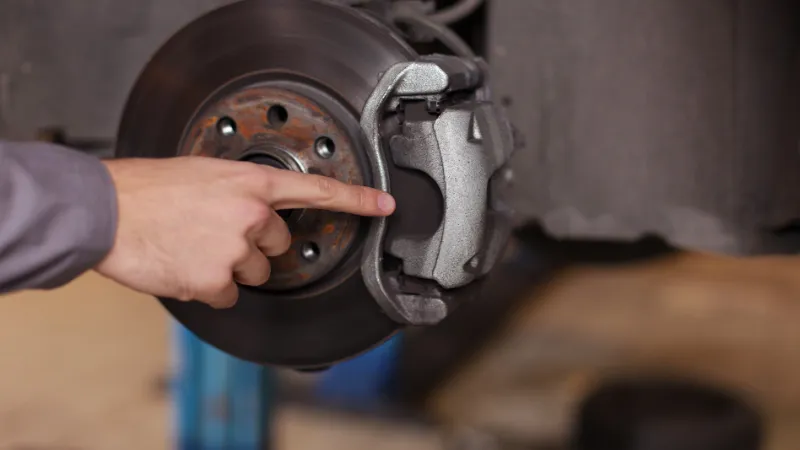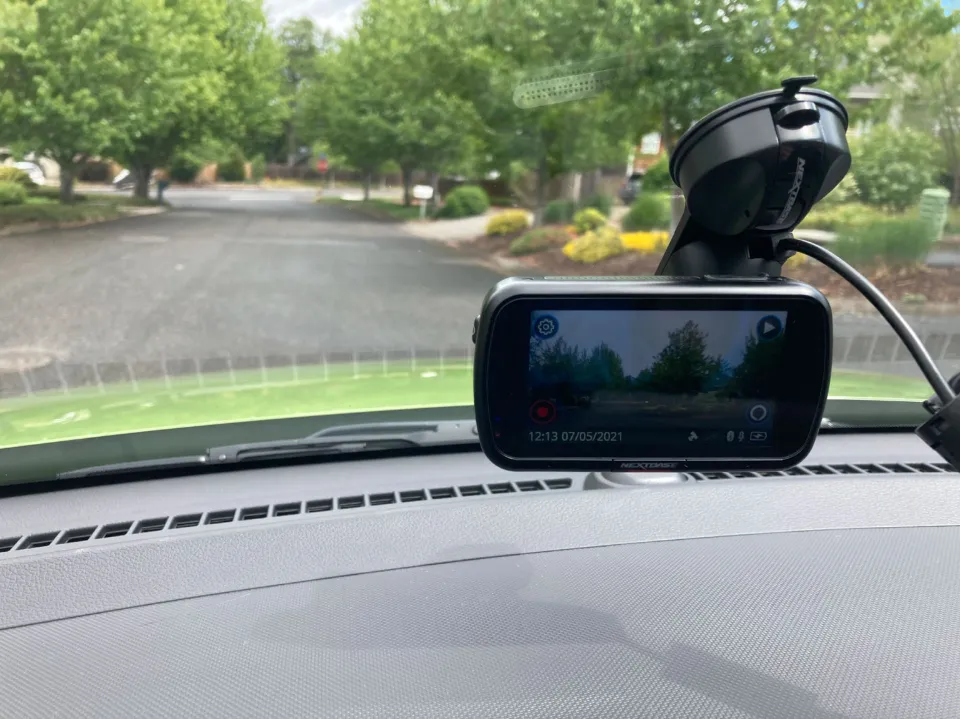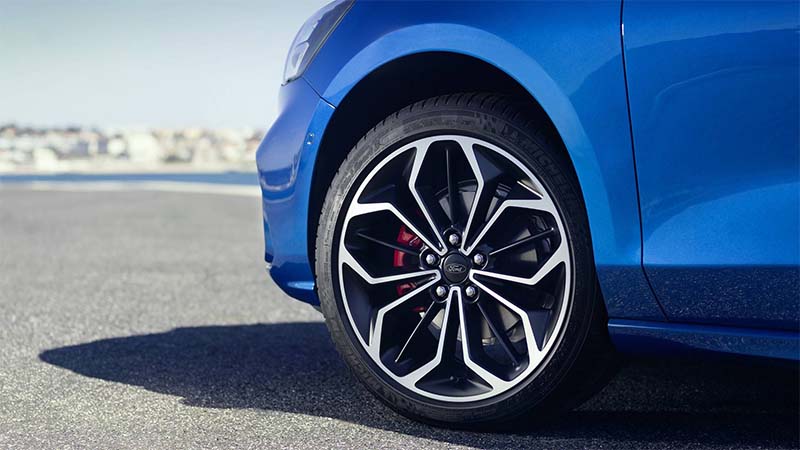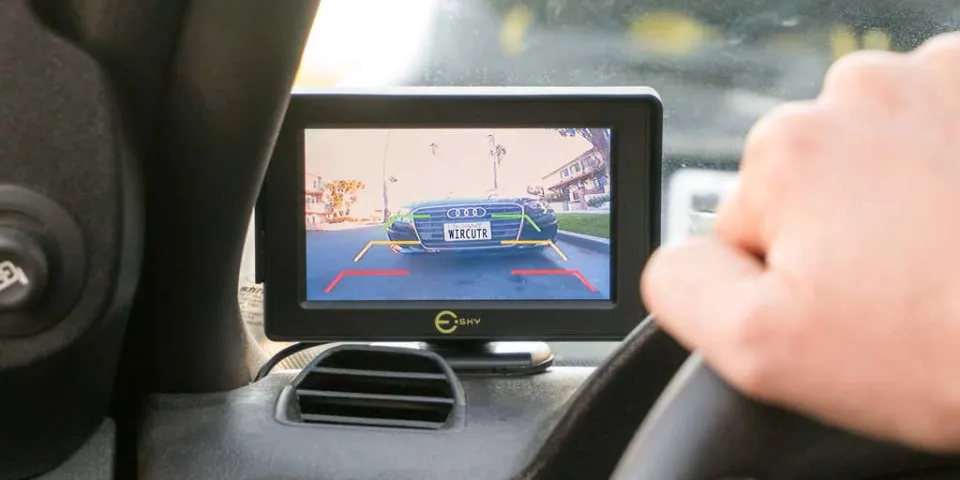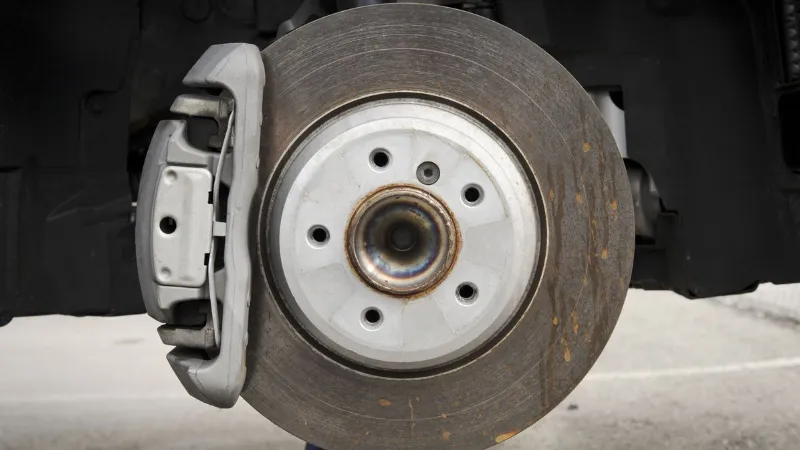When driving, you probably face bad brake pads. It’s time to change your brake pads, but how to tell if brake pads are bad? Below will show you what are brake pads, how do they work, signs of bad brake pads, and all the essential things about brake pads.
Grinding or squealing noise, wear indicator, spongy Brake Pedal, Longer brake distance, and Scratches on the brake rotor surface are signs of bad brake pads.
For more specific information, keep reading.
What Are Brake Pads and How Do They Work?
In most modern automobiles, the front two wheels have a braking apparatus that depend on what is known as rotors: metallic discs found behind each wheel. Above each of these is a clamp-like device called the caliper. When you hit your brake pedal, the calipers start to close, squeezing the rotors from both sides. This action produces friction, which causes the wheels to spin more slowly until they come to a complete stop. How Many Brake Pads Does a Car Have?
In this process, calipers make contact with the rotors using removable surfaces called brake pads. These brake pads will eventually wear out. (No auto component does.) The aforementioned friction will unavoidably wear them out over time. Your brakes won’t work as effectively as they should if the brake pads are allowed to become too thin. How do car brakes work? At the first sign of trouble, you absolutely must have new brake pads installed for the sake of safety.
Ask a mechanic to quickly replace the worn brake pads if you notice any of these five warning signs.

Signs of Bad Brake Pads
Grinding or squealing sounds when braking is the most typical symptoms of worn brake pads. When the brake pads are worn, you will also see a wear indicator on your dashboard in many more recent car models. It can also cause a spongy brake pedal in some cases.
Because of the importance of brake pads, there are a lot of symptoms that could occur. Here is a more detailed list of the signs of worn or bad brake pads to look for:
Grinding Or Squealing Noise
When you apply the brakes, there might be a grinding or squealing sound, which indicates that the brake pads are completely worn out. This could be as a result of the sound made when the metal plate on the brake pad presses against the metal brake rotor when the brake pad material is completely gone.
Metal rubbing up against metal will sound awful, as you might expect. Checking your brake pads is absolutely necessary if you experience a terrible noise when you brake.
Wear Indicator
Brake wear indicators are typically found on newer cars when the brake pad material is 2-3 mm, or 0.04 to 0.1 inches, to the left. You should inspect your brake pads if you notice a wear indicator on your dashboard.
The wear indicator wires and connectors can often cause the wear indicator to give false alarms on the dashboard, but it is worth checking.
However, a few cars have wear indicators on both axles, while the majority only have wear indicators on the front brakes.

Spongy Brake Pedal
If you press the brake pedal and feel that it has become spongy, a bad brake pad may be to blame. When you press the brake pedal, the brake pedal plate will bend as a result of parts coming loose from the brake pad.
It is frequently necessary to remove the brake pedals for inspection in order to see damaged brake pads by parts that became loose. A cursory examination from the outside might not be sufficient.
Longer Brake Distance
If the brake pads are worn to the metal plate, it will surely cause a much longer brake distance. This is because metal against metal doesn’t create the same amount of friction to stop your car.
Another possibility is that some brake pad components came loose, which would also result in less resistance from the brake rotor.
Scratches on the Brake Rotor Surface
It might be because the brake pad is so worn that it reached the metal plate if you see ugly scratches and an odd surface on the brake rotor.
Comparing the surface to the other brake rotors on your car will frequently make this very obvious.
How Long Can You Drive With Worn Out Brakes?
It’s technically possible to drive with worn-out brake pads with increasingly poor application as the material grinds away. If you have 4/32″ friction material left, it could be thousands of miles or months before any safety-related concerns show up. However, once they do, you might find yourself in a situation where your brakes aren’t working the way they were intended to.
When 2/32″ material remains on your brake pads, any mechanic will strongly encourage you to replace them immediately. This level of safety inspection won’t be passed by worn brakes in some states, such as Virginia. Not only could you be sidelined from brake failure, but ignoring the repair could take your car off the road until they’re replaced.
Long-term unaddressed brake pad wear into the rotors will eventually necessitate replacing both of them. The caliper piston could over-extend or contact the rotor surface in extreme situations, requiring new calipers too. Driving for an extended period of time with worn brake pads is, in general, dangerous.
Read more:
Replacing Worn Brake Pads
The majority of DIYers attempt brake repairs at home. It requires some common tools that you’ll find around a well-equipped garage including:
- A floor jack and wheel chocks
- A lug nut wrench
- A socket and ratchet set
- A large C-clamp or caliper compression tool
- Flat screwdriver
- Silicone-based brake lubricant
- Brake cleaner spray
- Eye protection and gloves
You can save money by changing your own brake pads, which is a fairly simple task. Now that you have identified that your brake pads are worn out, you can learn how to change your brake pads in our step by step guide.
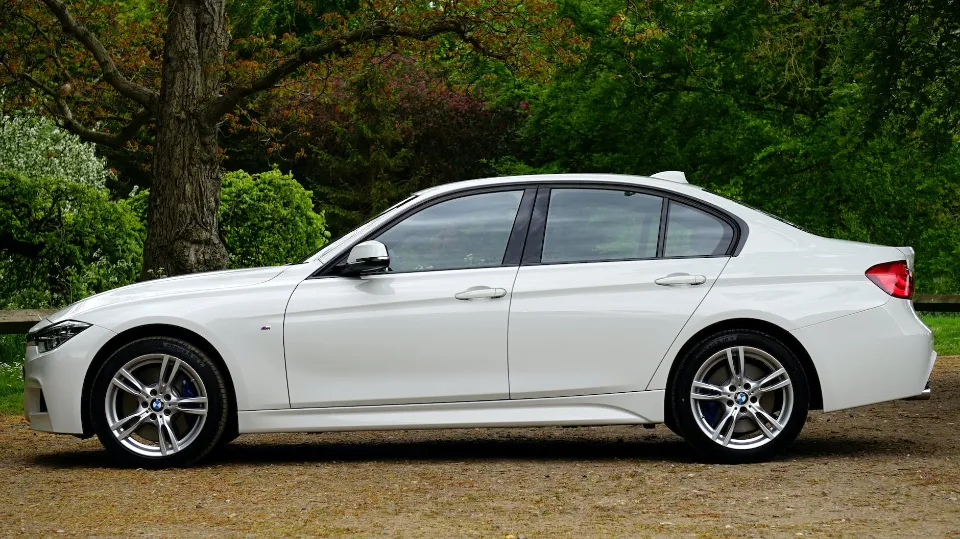
How Often Should You Check Your Brake Pads?
Every 6 months or 15,000 miles, you should have your brake pads checked.
Most brake pads last between 25,000 and 65,000 miles before needing replacement, but there are many different variables that can affect how long they last, including your driving habits, the surfaces you’re on, and the weight of your car.
As a result, you must make sure that your brake pads are not prematurely wearing out. Checking your brake pads can also be advantageous because you might find that they aren’t wearing out as quickly as you had anticipated. Checking your brake pads regularly can also clue you into other possible problems with your car. Uneven wear and tear can indicate that your car needs an alignment. Rapidly deteriorating brake pads could also be a sign of a more serious problem and the need for additional brake repairs.
Ways to Check Your Brake Pads
Here are 3 ways to check your brake pads:
- Check your brake pads without removing the wheel
The brake pad is visible through the wheel holes on a lot of cars. You must ascertain the thickness of the brake pad in order to check its lifespan. To clearly see the brake pad, you may require a flashlight. It’s time to have the pads replaced if they appear thin, are less than 4 millimeters thick, or have only 20% of their original life remaining. There may be a metal wear indicator tab running the length of the side of some brake pads. It’s time for new brake pads if the tab is damaged, nearly touches the rotor, or both.
- Recognize the Symptoms of Worn Brake Pads
If you notice any of these symptoms, get your brake pads replaced by a brake technician ASAP: The warning signs of worn brake pads are listed above.

- Check brake pads by removing the wheel
Remove the wheel to get a better look if you can’t see the brake pad through it. Place your jack under the car’s frame next to the tire you want to remove while it is on a level surface. Lift your car about six inches off the ground, remove the lug nuts, and then replace the tire. The brake pad, caliper, rotor, and brake lines can all be seen clearly once the tire has been removed. Check the brake pad closely for signs of excessive wear. It’s time to schedule a brake appointment if the pad is less than 4 millimeters thick or only has 20% of its original life left.
Brake Pads Replacement Cost
Depending on the car model and labor costs, the cost to replace brake pads ranges from $80 to $300. The labor costs $50 to $250, and the brake pads range in price from $30 to $100.
Most of the time, front brake pads cost more than back brake pads. Additionally, you should be aware that if your brake pads need to be replaced, you might also need to replace the brake rotors.
The rear brake pads must also be replaced if your parking brake is electric, which requires diagnostic equipment.
If your car doesn’t have an electronic parking brake, you might be able to replace the brake pads yourself if you have some basic mechanical knowledge. And to push the pistons back, you need a diagnostic device.
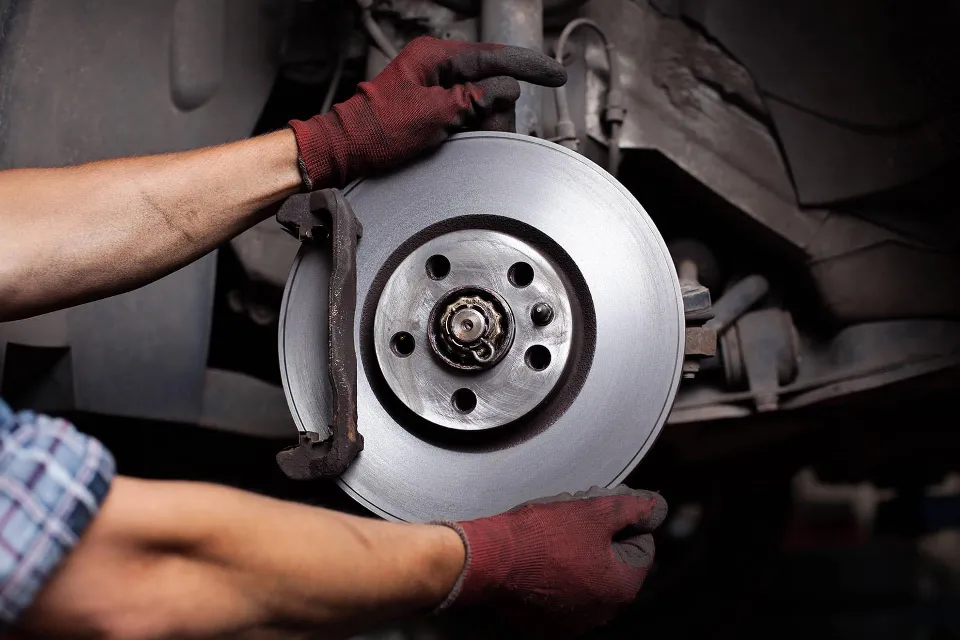
FAQs
Can I Still Drive If My Brake Pads Are Worn?
So, can you drive with worn brake pads? Technically, yes. Absolutely not, especially if they are excessively or unevenly worn.
How Long Should Brake Pads Last?
Brake pads and shoes are generally thought to be good between 30,000-35,000 miles in urban use. Brakes may last 80,000 miles or more in less demanding circumstances, such as highway driving in light traffic.
How Much Does It Usually Cost to Replace Brake Pads?
The average front brake pad replacement cost is between $115 and $300; this is about the same as the cost of rear brake pad replacement. For all four wheels, replacing all four brake pads will cost between $230 and $600 in parts and labor.
Why Do My Brake Pads Wear Out Quickly?
What causes brake pads to wear out is general, day-to-day use, plus mileage incurred, the surrounding environment and/or the personal driving habits of the owner(s). A driver in a city, for instance, will use their brakes more than a driver in a rural area or one who travels on a highway with little traffic.
Summary: How to Tell If Brake Pads Are Bad?
Grinding or squealing noise, wear indicator, spongy Brake Pedal, Longer brake distance, and Scratches on the brake rotor surface are signs of bad brake pads.
If you have any questions, please leave a comment. If you like the post, please share it with your friends. Thank you for reading.

